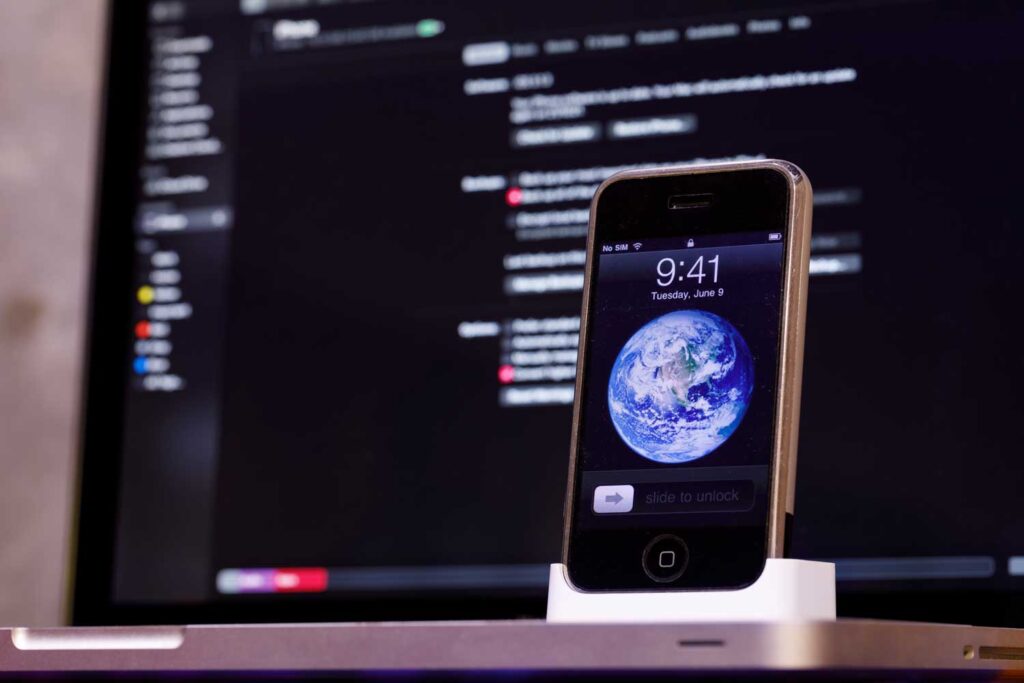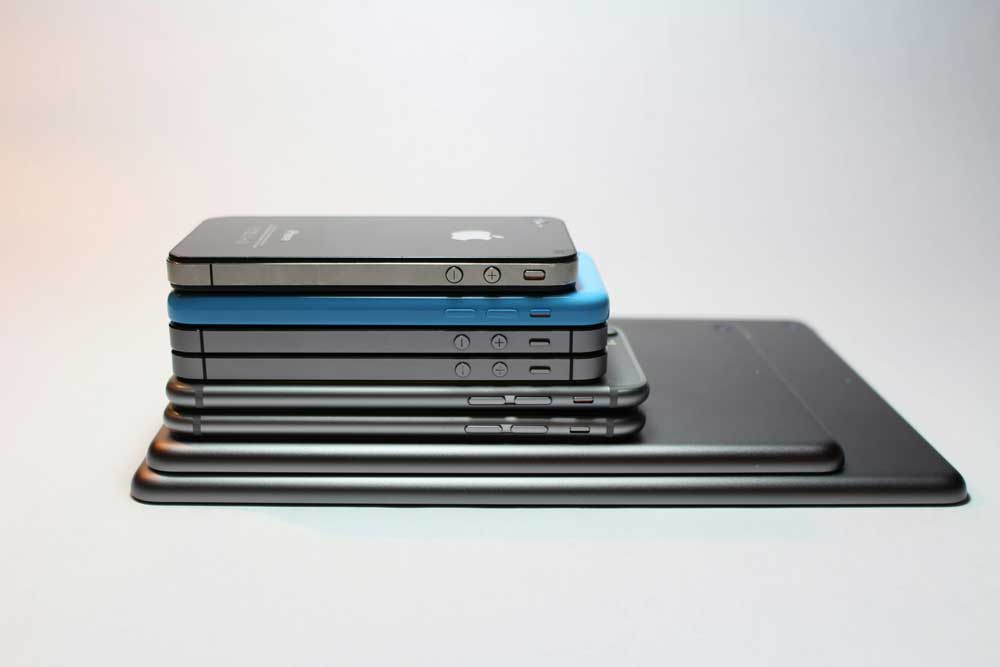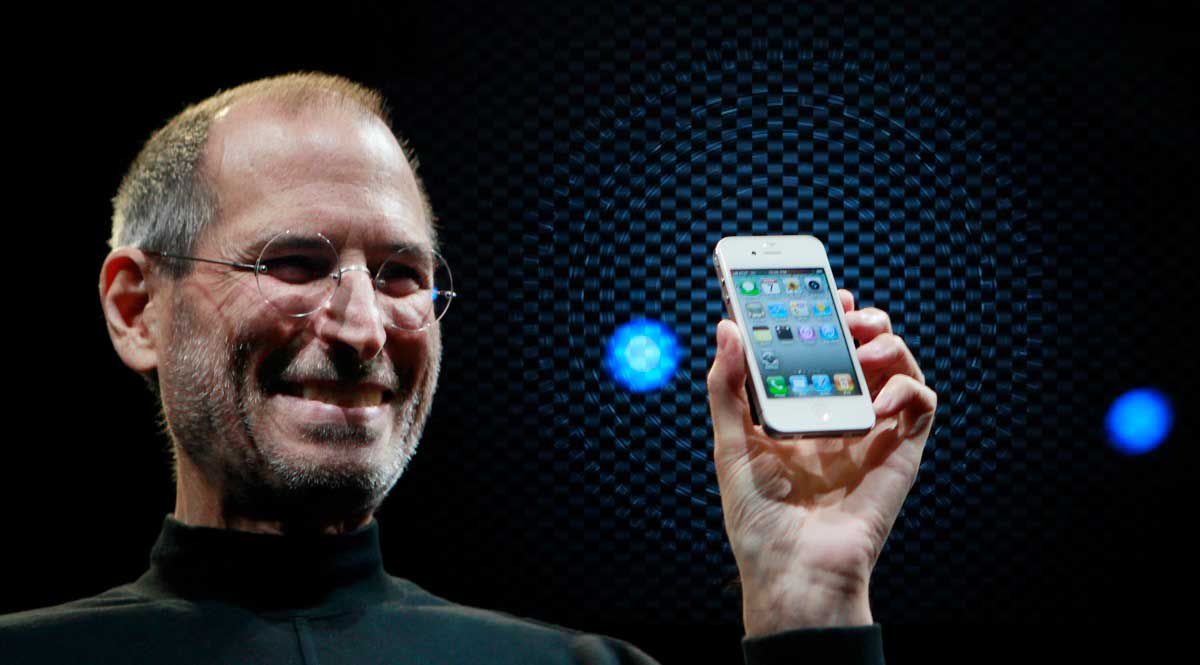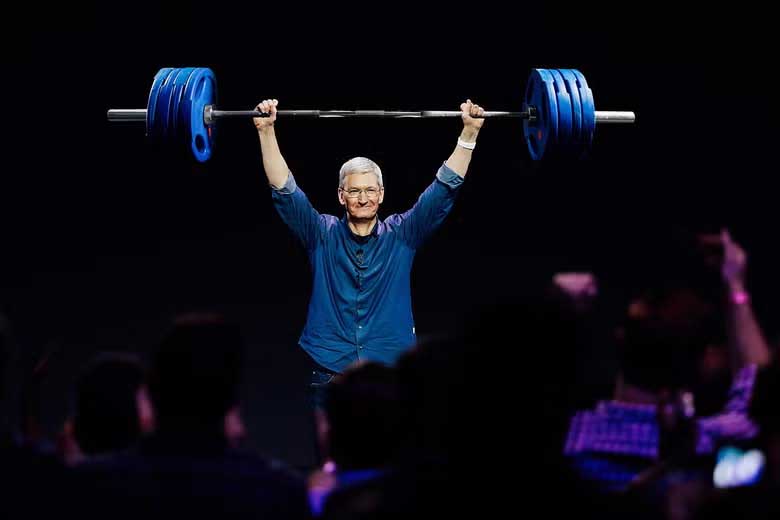The iPhone Innovation That Changed the World
When the iPhone launched in 2007, it wasn’t just another phone—it was the innovation that reshaped industries, redefined communication, and set the gold standard for modern technology. This groundbreaking device by Apple fused a widescreen iPod, a revolutionary mobile phone, and a breakthrough internet communicator into one sleek design.
From its inception, iPhone innovation was a game-changer, combining cutting-edge technology with user-friendly functionality. But its true legacy lies in its ability to redefine entire markets and establish Apple as one of the world’s most influential companies.

1. The Bold Debut: “Apple Reinvented the Phone”
In Jobs’ now-iconic keynote speech, he made a confident claim: “Today, Apple is going to reinvent the phone.” When the first iPhone was released, it combined a phone, an iPod, and an internet communicator into one sleek device, a fusion that was unprecedented. It was a pocket-sized computer with the processing power that rivaled desktop PCs. But what really set it apart was its ease of use, integrating a groundbreaking touchscreen interface and eliminating the need for a physical keyboard.
Key Fact: In its first year, Apple sold 1.4 million iPhones, a number that seems modest compared to the 239 million iPhones sold in 2022 alone.
2. Redefining Communication and Connectivity
iPhone innovation introduced a whole new way of thinking about communication, and not just by redefining the telephone. With the launch of the cornerstone iPhone innovation, the App Store in 2008, Apple transformed the smartphone from a communication device into a multi-functional platform that could handle everything from ordering food to video calls, social networking, and productivity. From that point, “There’s an app for that” became a cultural phrase and an economic phenomenon.
Key Fact: The App Store economy now supports over 2.2 million jobs in the U.S. alone and generated $643 billion in billings and sales globally in 2020.
Eric Schmidt, former Google CEO, noted, “The iPhone is a perfect example of convergence. It’s not just about voice calls; it’s an entire ecosystem, which created whole new businesses.”
Source: Wired

3. The Birth of the Mobile-First Economy
The iPhone didn’t just change how people interacted with their phones; it changed how businesses operated and how consumers engaged with brands. Mobile-first businesses—from Instagram to Uber—owes their existence to iPhone innovation and the rise of the app ecosystem. Companies had to quickly adapt to a “mobile-first” world where users were constantly online and engaged, leading to the birth of multi-billion-dollar industries built around mobile apps.
4. Redefining Photography and Media Creation
The iPhone became a pocket camera for millions, ushering in an era where anyone could be a photographer or videographer. Each new iPhone model introduced an improved camera, with features that once required professional equipment. As of today, iPhone innovation for photography and videography are mainstream, shaping everything from social media trends to professional content creation.
Key Fact:
In 2019, Apple announced that over 1 trillion photos are taken annually on iPhones, making it one of the most popular devices for photography in the world. (Source: Apple Press Release)
Chase Jarvis, a pioneer in mobile photography, famously said, “The best camera is the one that’s with you.” This phrase epitomizes the iPhone’s impact on photography.
5. Economic Powerhouse: Apple’s Unprecedented Market Value
The financial success of the iPhone turned Apple from a niche tech company into one of the world’s most valuable companies. The iPhone’s influence on Apple’s bottom line cannot be overstated; it has accounted for over half of Apple’s revenue for the last decade. In 2018, Apple became the first U.S. company to reach a $1 trillion valuation—a number that now stands at over $2.5 trillion, making it one of the most valuable companies on the planet, which is a true testament to the power of iPhone innovation.
Key Fact: The iPhone alone accounted for 52% of Apple’s $394 billion revenue in 2022. (Source: Apple Financial Report)

6. Transforming Human Behavior and Everyday Life
iPhone innovation revolutionized everyday life, creating new habits and new possibilities. From checking the weather, navigating with GPS, streaming videos, and staying connected through social media, the iPhone has become an essential part of how billions of people experience the world. It fundamentally reshaped not just consumer habits but also workplace productivity, with mobile-first strategies driving changes in everything from customer service to remote work.
Key Fact: By 2021, there were over 1 billion active iPhones in use globally, underscoring its impact on daily life. (Source: Apple Press Release)
Learn from Tim Cook: The Leadership Behind Apple’s Success and iPhone innovation
The iPhone’s impact didn’t stop with its invention; under Tim Cook’s leadership, Apple expanded its legacy, reaching over 1 billion active iPhones by 2021 and becoming one of the world’s most valuable companies. Want to know how Cook’s disciplined habits and visionary leadership style keep Apple at the forefront of innovation?






